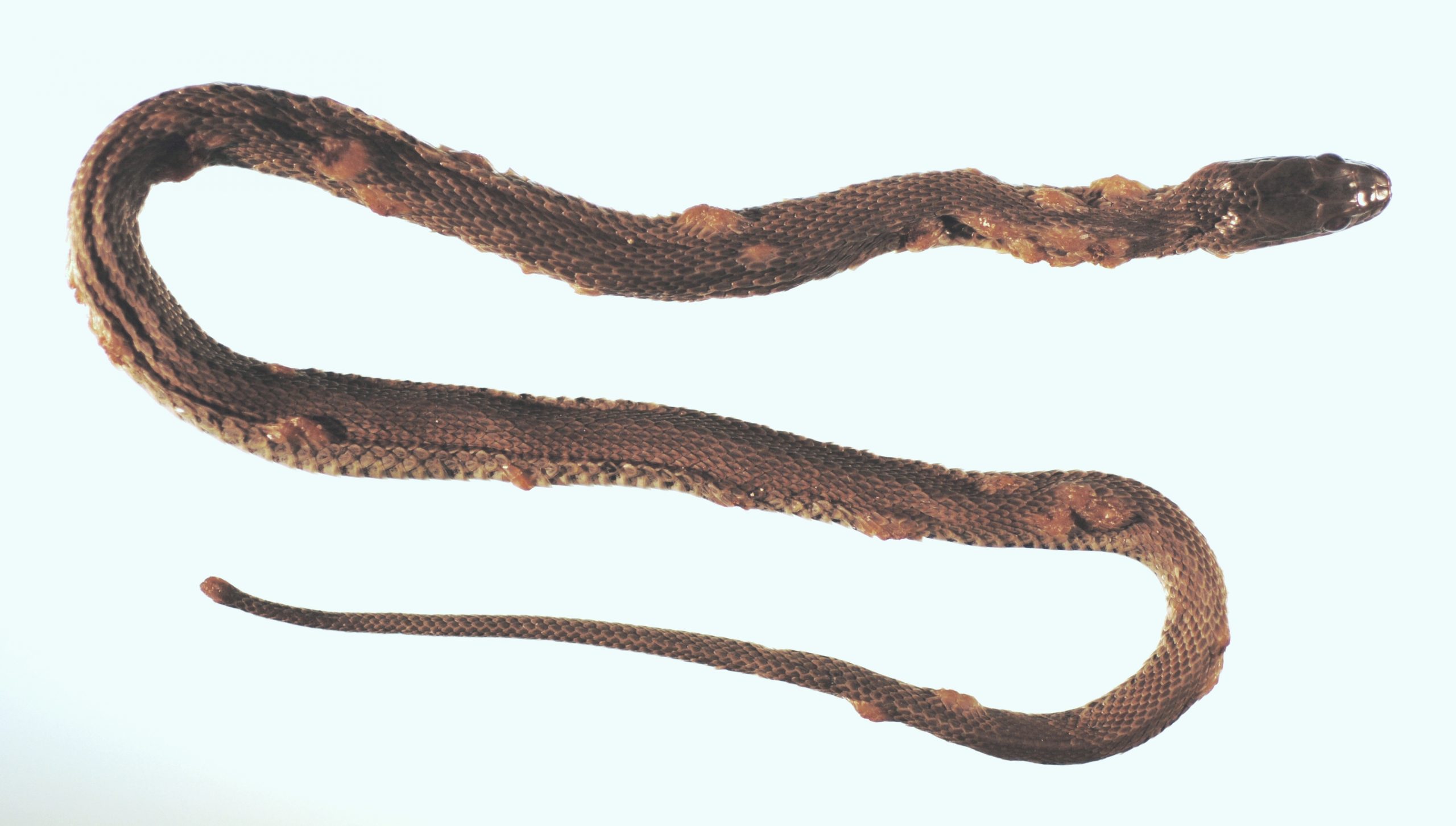Fungal Disease Threatens U.S. Snakes — And Could Be a Global Problem

Over the last few decades, fungal diseases have decimated populations of animals such as amphibians and bats. Now, a new study sounds the alarm for snakes.
The research, published in the journal Science Advances, shows that Snake Fungal Disease (SFD) is capable of infecting many snake species, regardless of their ancestry, physical characteristics, or lifestyles. The study’s authors warn that the potentially fatal fungus, which is spreading rapidly across the U.S., could be a global threat to snakes.
SFD was first definitively identified in a population of Timber Rattlesnakes in New Hampshire in 2006. Since then, it has been documented in 23 wild snake species in at least 16 states, mostly among rat snakes, milk snakes, garter snakes, and vipers in the eastern and Midwestern U.S. SFD was also recently detected in three snake species commonly found in Europe.

In 2015, researchers identified the fungus Ophidiomyces ophidiodiicola as the cause of SFD. Snakes infected with the fungus develop thick blisters and lesions on their skin, which can prevent them from eating. Afflicted snakes are also vulnerable to predation and environmental exposure due to the extra time they spend basking as their skin molts. The outcome of the disease varies, but mortality rates can be as high as 40 percent.
In the new study, researchers created a model based on the evolutionary history, ecology, and physical characteristics of known infected species and used a neural network to look for associations that could help predict which snake species might be susceptible to the disease.
The findings were grim. “In this study, our model found no association other than ‘you are a snake,’” said Frank Burbrink, an associate curator in the American Museum of Natural History’s Department of Herpetology and the lead author of the study, in a press release.
The study’s authors suggest that all 98 groups of snakes in the eastern U.S. could be vulnerable, and the disease might extend globally. They warn that future surveys for SFD should assume that all snake species harbor the fungus.

SFD is reminiscent of other emerging fungal diseases, such as white –nose syndrome in bats and chytridiomycosis in amphibians. These are some of the most devastating wildlife diseases ever documented, partly because they impact multiple species. It appears the same is true for SFD.
The spread of SFD could be disastrous for snakes and wreak havoc on ecosystems. For instance, snakes keep rodent populations in check. With fewer snakes, there will be more rodents, along with the diseases and parasites they carry.
Efforts to prevent SFD from spreading are essential, but at the same time, researchers are also surveying museum specimens and field sites to determine the past and current distribution of the disease, analyzing SFD in laboratory trials, and working on treatments.
In just over ten years, SFD has emerged as a serious threat to many snake species. Now that the cause, extent, and severity of the disease have been characterized, researchers hope they can stem the spread of this fungal disease and give U.S. snakes a fighting chance.
Reference:
Burbrink, F. T., Lorch, J. M., and Lips, K. R. (2017). Host susceptibility to snake fungal disease is highly dispersed across phylogenetic and functional trait space. Science Advances 3(12): e1701387. doi: 10.1126/sciadv.1701387.
